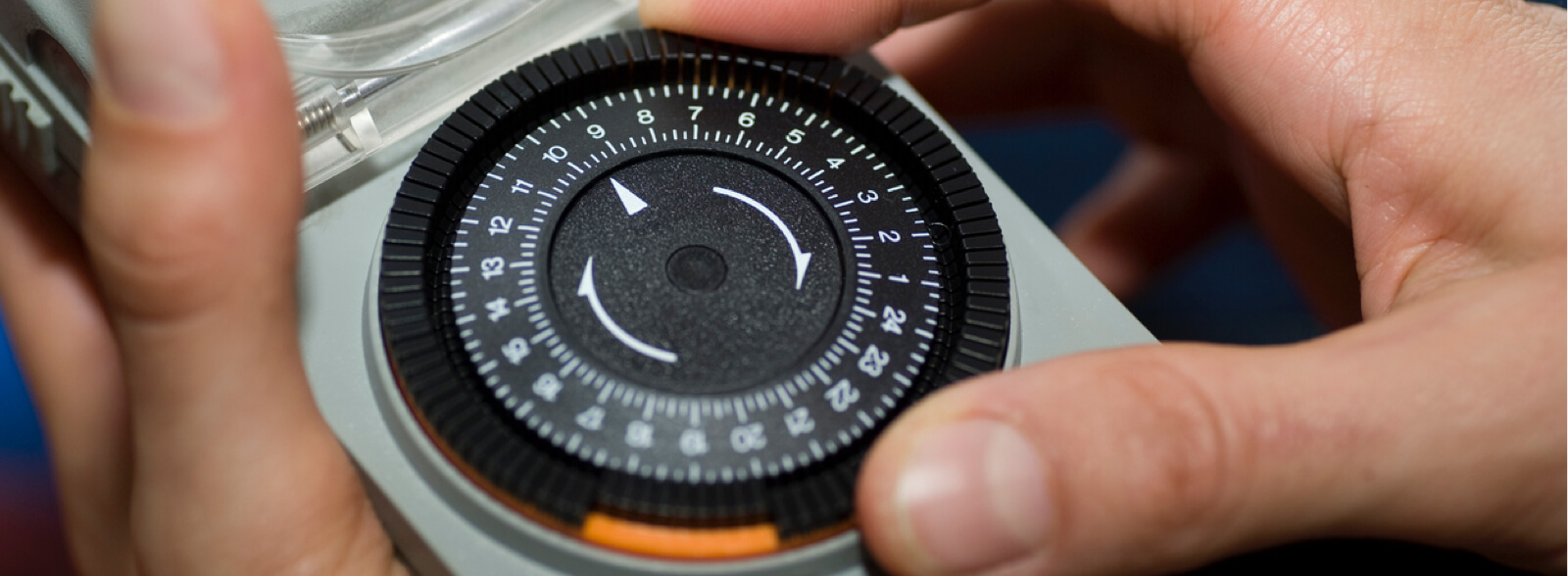Energy Saving Vacation Tips

Don’t waste energy when you’re not at home. If you’re taking a vacation, set up your home for extra savings.
When preparing for your next trip, don’t overlook an important part of getting ready: making the necessary changes to conserve energy while you’re away from home. Here are a few tips to get started:
- There’s no one around to get too cold or too hot. Changing your thermostat setting by 10–15 degrees Fahrenheit while you’re away (setting it lower in winter and higher in summer) can save you 10% on your annual heating and cooling costs.
- Unplug small and infrequently used appliances and electronics. You can also plug these devices into a power strip that can be easily switched on and off. Energy drained by devices not in use — also known as phantom power — accounts for $100 annually in household energy waste.
- In the summer, close all blinds and shades to block the sun and reduce the amount of heat entering your home. That heat forces the air conditioner to work harder and use more energy.
- Before leaving for vacation, turn off all lights except those for security purposes.
- The default setting for many water heaters is 140 degrees Fahrenheit, but 120 degrees should be sufficient for most homes. Lowering your water heater to 120 degrees can save you 4%–22% annually on your water heating costs.
- Retrieving recreational items from the attic or basement? Take a moment to inspect your insulation. If your insulation is level with or has receded from the edge of the joists (i.e., you can easily see your joists), you should add more insulation. ENERGY STAR has information on how to add insulation to your home.
- Before heading out of town, be sure to replace your air filters. Dirty filters result in lower air quality and make your heating and air conditioning work harder, driving up costs.
Watch the video below for more tips on saving energy while you’re on vacation.